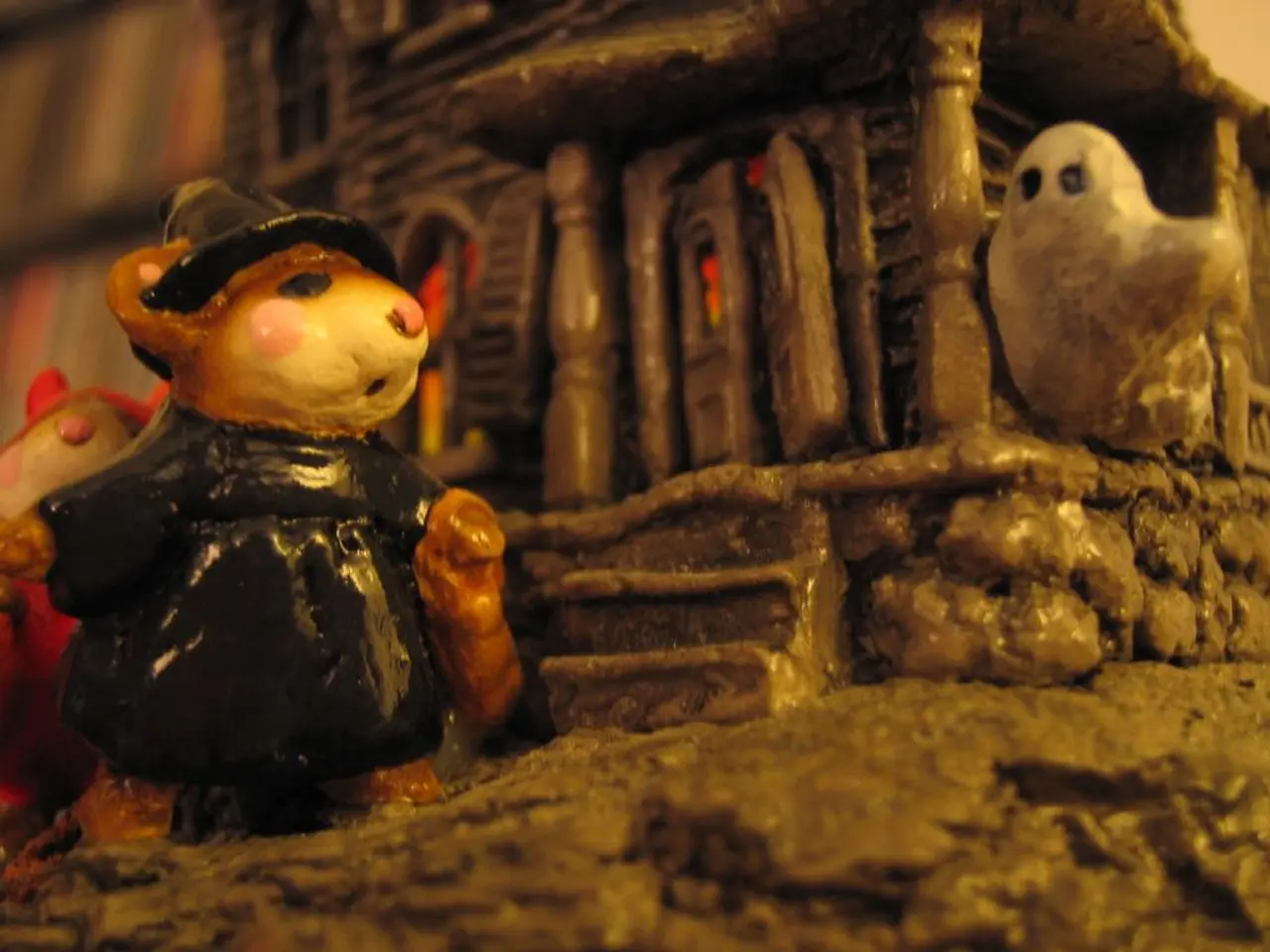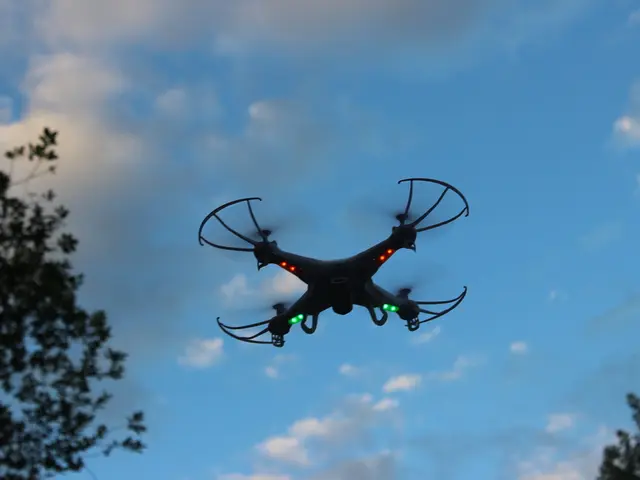Ancient Cave Art Amphibian: Depiction of a Bird Dating Back to the Oldest Known Time
In the heart of southwestern Germany, nestled within the picturesque landscape of the Swabian Jura, lies the Hohle Fels cave. This cave has yielded one of the most significant discoveries in the realm of prehistoric art – the Hohle Fels water bird, a sculpture carved from mammoth ivory approximately 40,000 years ago.
This ancient artifact is noteworthy as the oldest known depiction of a bird and one of the earliest examples of figurative art associated with the Aurignacian culture of the Upper Paleolithic period. The water bird, discovered in two parts – the body in 2001 and the rest in 2002, offers crucial insight into the symbolic and artistic capabilities of early modern humans in Europe.
Scholars have proposed various interpretations for the sculpture's purpose, suggesting it could reflect shamanistic rituals or "hunting magic," early human spiritual practices intended to influence hunting success or connect with nature. Alternatively, it might indicate an early aesthetic appreciation for nature or the bird itself, symbolising an early form of admiration and cognitive symbolism beyond pure utility.
Regardless of its exact purpose, the Hohle Fels water bird underscores the emergence of complex symbolic behaviour, cultural expression, and sophisticated craftsmanship during the Aurignacian period (circa 43,000 to 30,000 years ago). This period, associated with technological and artistic innovation by Homo sapiens, saw the invention of types of figurative art and music akin to what we have today.
The Hohle Fels water bird complements other famous figurative works from the region, such as the Venus of Hohle Fels and the Löwenmensch (lion-human) statuette. Together, these artifacts highlight the Swabian Jura as a pivotal centre for early Upper Paleolithic art and symbolic culture.
Many of the Hohle Fels objects, including the water bird, are on display at the Urgeschichtliche Museum in Blaubeuren, Germany. A 3D scan of the water bird is also available online, offering a closer look at this pioneering artifact.
Despite not being the oldest figurative sculpture in Europe, the Hohle Fels water bird holds the distinction of being the oldest depiction of a bird anywhere in the world. Its discovery serves as a testament to the early development of figurative art and symbolic thought in prehistoric Europe, with significant implications for understanding the cultural and cognitive evolution of Aurignacian humans.
Science suggests that the sophisticated craftsmanship displayed in the Hohle Fels water bird, a depiction of a bird carved 40,000 years ago, is indicative of advancements in technology during the Aurignacian period. This period, characterized by artistic and technological innovation, is considered a turning point in the cognitive symbolism and cultural expression of early humans, as documented in the realm of prehistoric art.




